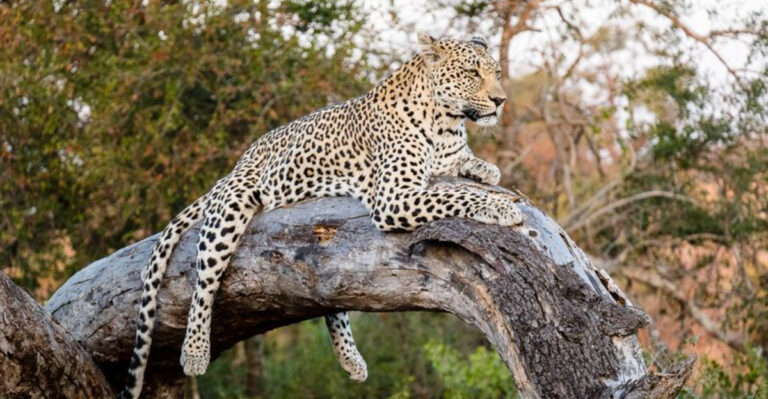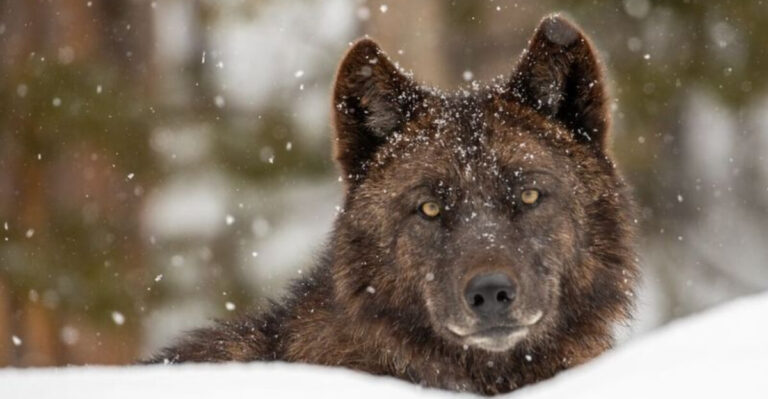23 Fascinating Facts About The Elusive American Black Wolf
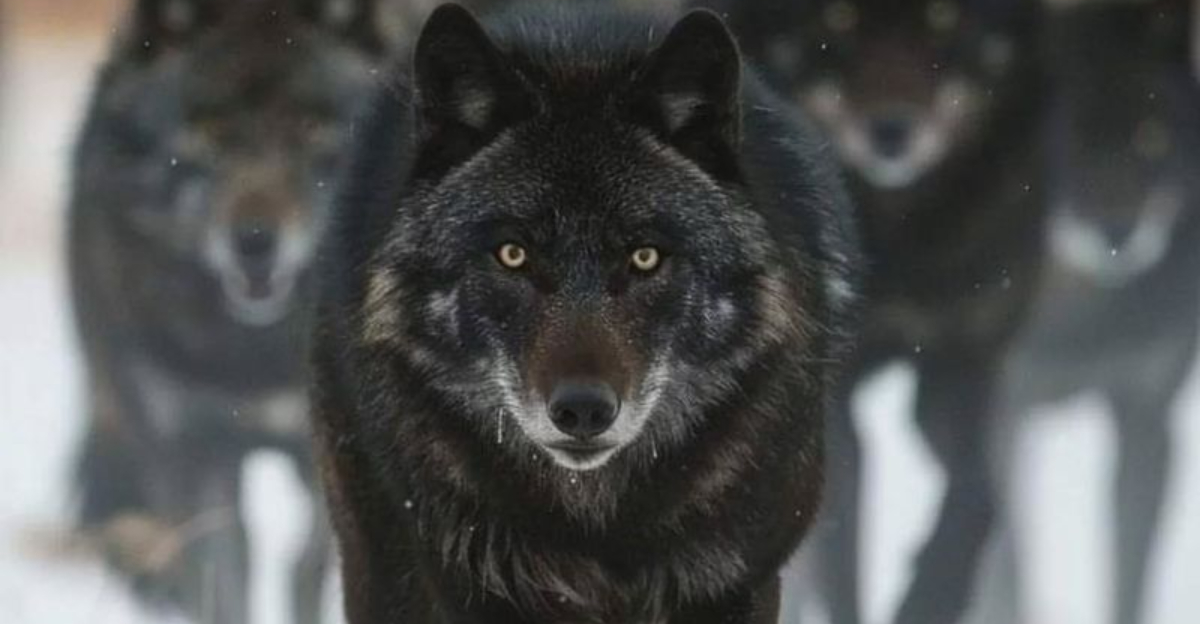
The American Black Wolf is a fascinating creature shrouded in mystery and allure. Known for its striking appearance and elusive nature, this subspecies of the gray wolf captivates both scientists and wildlife enthusiasts alike.
Let’s check out some intriguing facts about the American Black Wolf, exploring its characteristics, behavior, and the myths that surround it.
1. Pack Dynamics
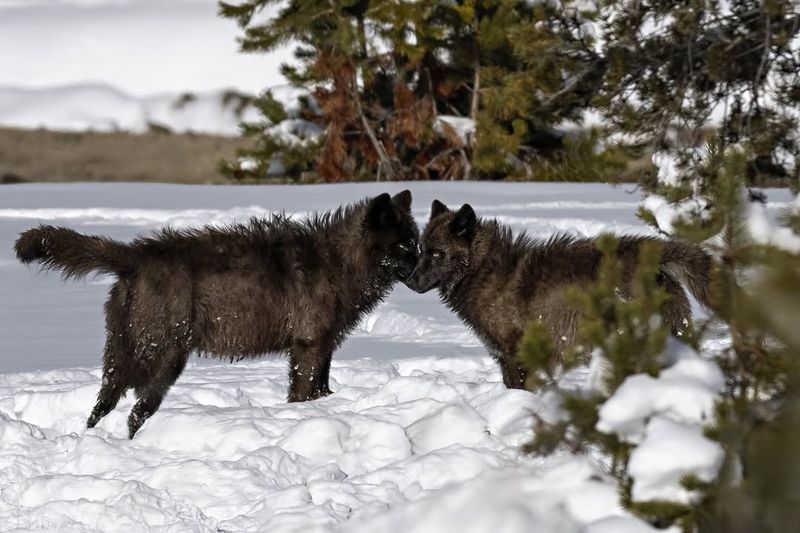
Pack dynamics are crucial to the success of American Black Wolves, as they rely heavily on teamwork for hunting and survival. The pack is typically led by an alpha pair who make the key decisions and guide the group’s movements.
Wolves work together to bring down large prey, with each member having a distinct role in the hunt. Cooperation and coordination are key to their strength, and the bond between pack members is vital to their social structure.
2. Social Structure
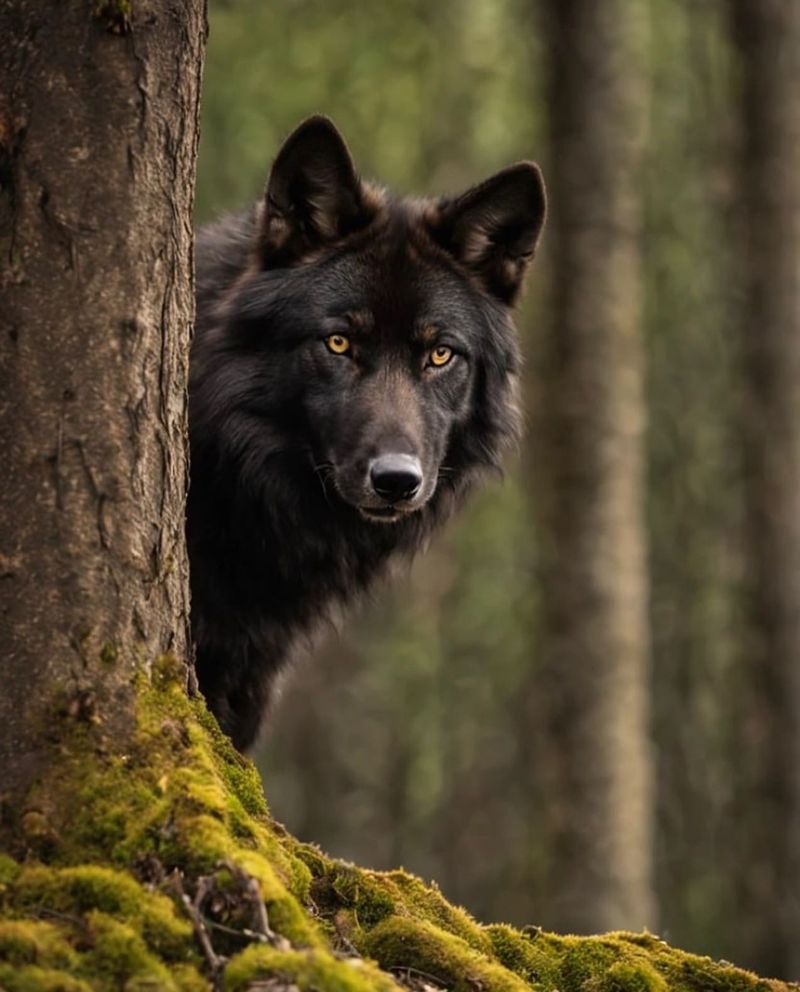
Social structure within an American Black Wolf pack is based on a clear hierarchy, with the alpha pair at the top. The alpha male and female lead the pack and control decisions such as where to hunt and when to move.
Below the alphas, there are subordinate members, including older siblings and younger wolves, who help with hunting and pack defense. This structured environment ensures that the pack functions smoothly and maintains a sense of order and security.
3. Majestic Appearance
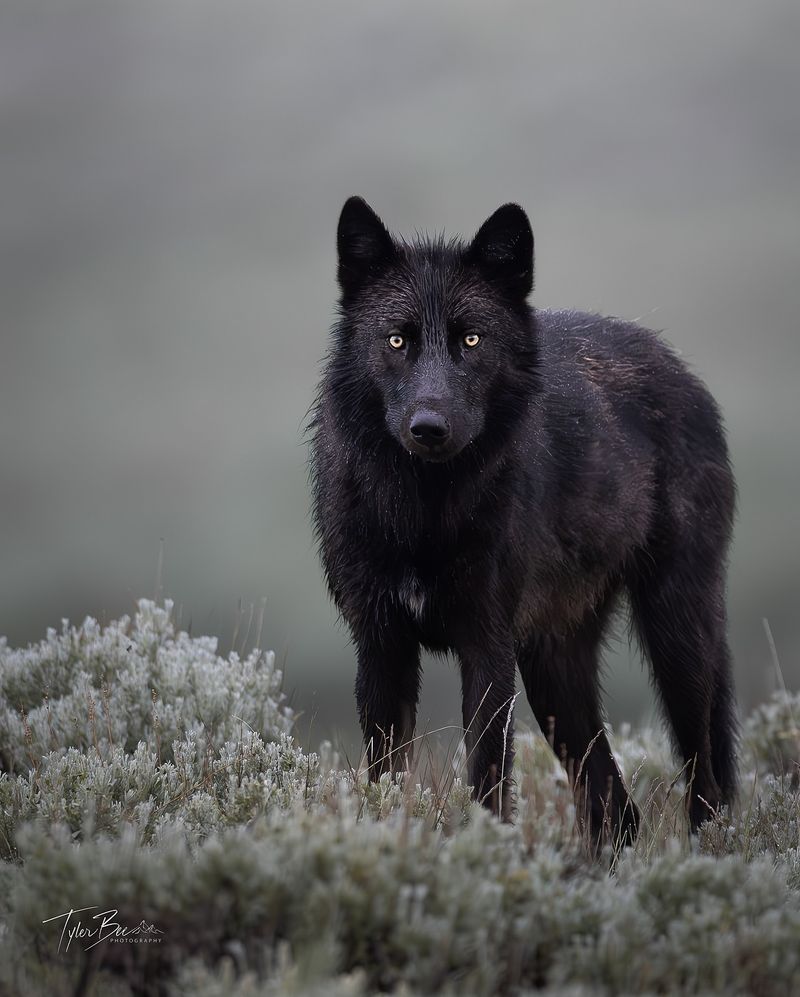
Majestic appearance is a defining characteristic of the American Black Wolf, which has a powerful build and thick, dark coat.
Its sleek, shiny fur and piercing eyes add to the wolf’s imposing presence in the wild. The wolf’s large size and sharp features make it one of the most awe-inspiring animals to encounter. Its majestic appearance matches its status as one of the top predators in the wild.
4. Habitat And Range
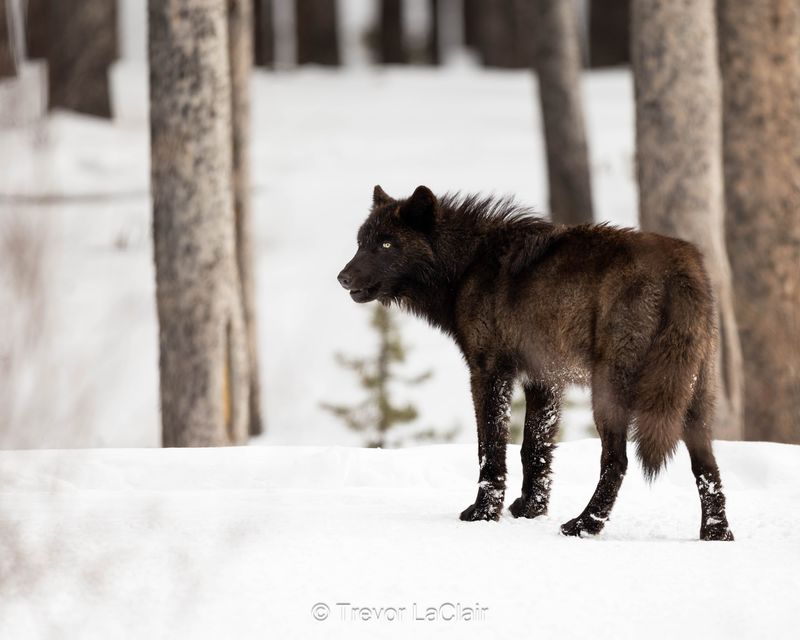
Habitat and range of the American Black Wolf primarily includes dense forests, mountainous areas, and remote wilderness. These wolves tend to live in regions that offer seclusion and abundant prey, far from human settlements. They range across parts of North America, though their habitat is often limited to areas where human disturbance is minimal. This isolation allows the American Black Wolf to thrive in its natural environment.
5. Diet And Hunting Tactics
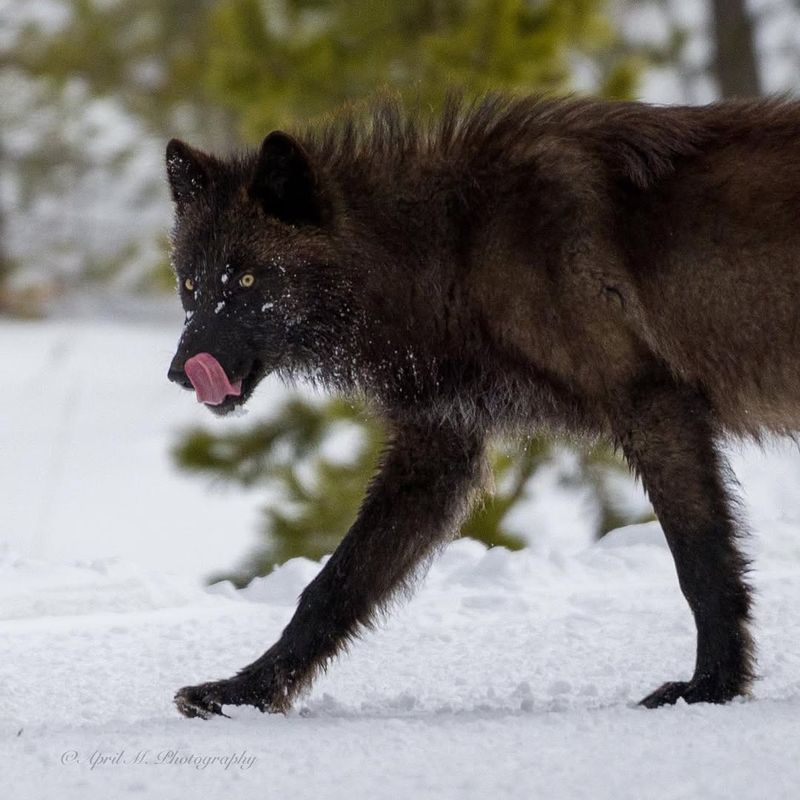
Diet and hunting tactics involve a mix of strategy, endurance, and teamwork. American Black Wolves primarily hunt large prey such as deer, elk, and moose, using their stamina and cooperation to wear down their target.
Wolves take turns chasing and tiring out their prey, relying on their pack’s coordination to make the kill. Their ability to adapt to different hunting conditions ensures they can survive in varying environments.
6. Rarity And Elusiveness
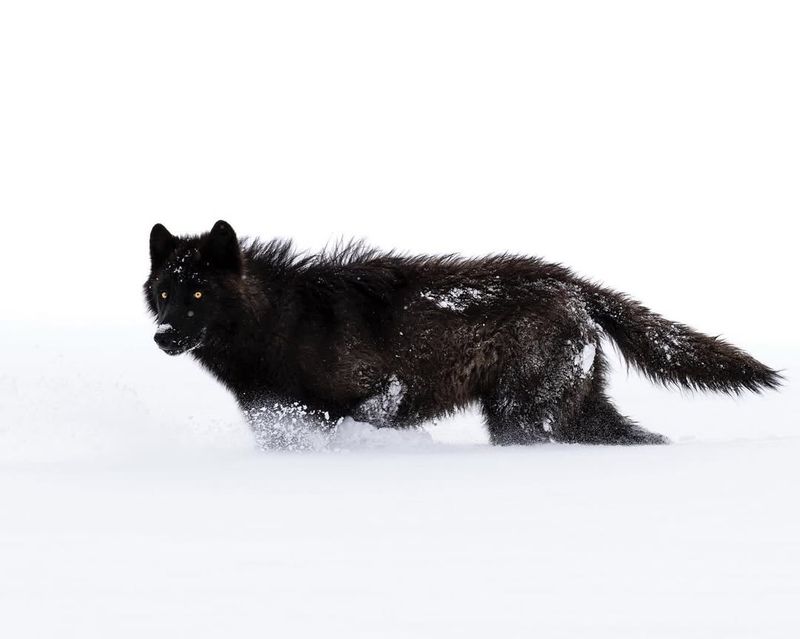
Rarity and elusiveness make the American Black Wolf a truly mysterious and rare animal to encounter in the wild. These wolves tend to avoid human populations, preferring remote, less disturbed habitats.
Their natural wariness and secretive nature make sightings exceedingly rare, adding to their elusive reputation. Despite their size and power, they are masters of concealment, blending into their environment with ease.
7. Communication Methods
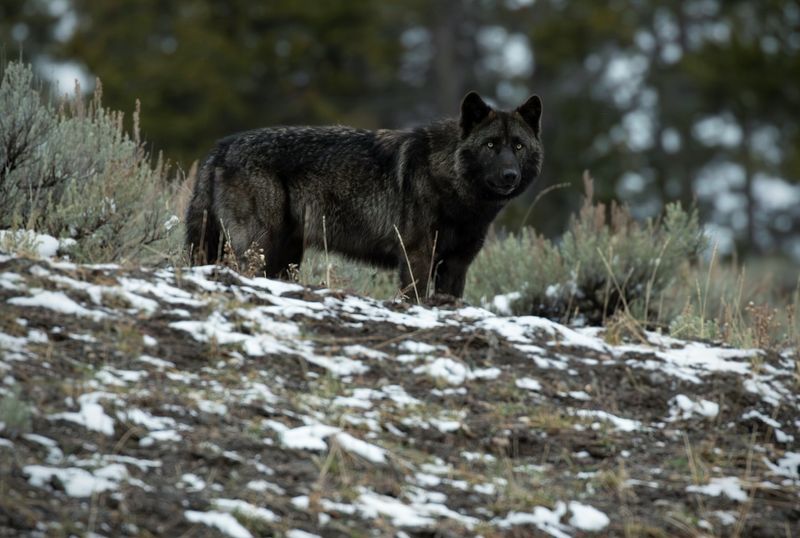
Communication methods used by the American Black Wolf are highly developed, including vocalizations, body language, and scent marking. Wolves howl to communicate with pack members, often to signal their location or to coordinate group activities.
They also use postures and facial expressions to convey emotions and intentions within the pack. Scent marking is another critical communication tool, marking territory and signaling other packs of their presence.
8. Reproduction And Lifecycle
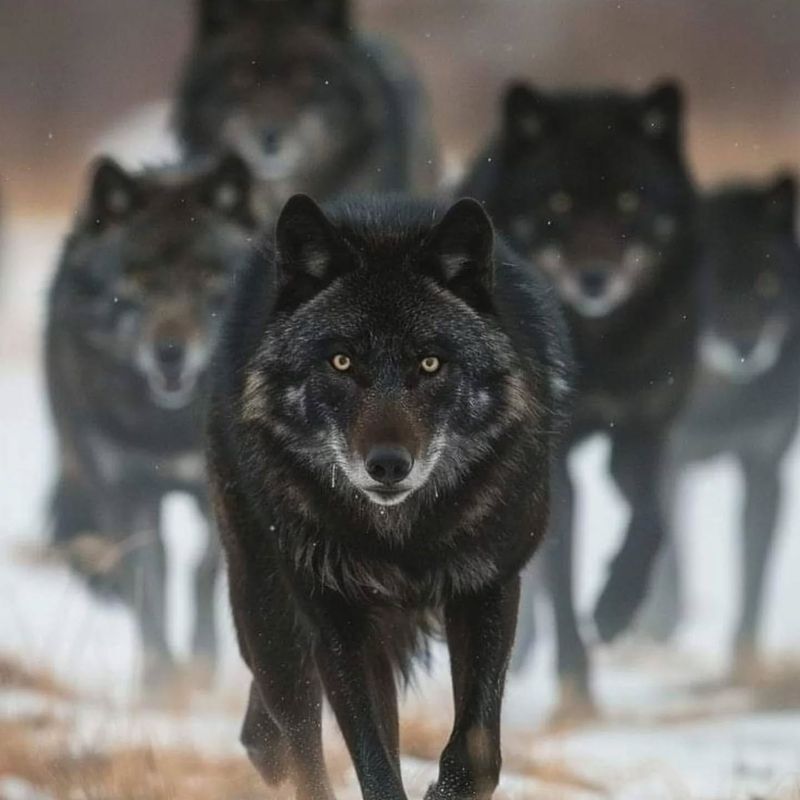
Reproduction and lifecycle of the American Black Wolf begins with the alpha pair, who are the only members of the pack to typically mate.
The female gives birth to a litter of pups, which are cared for by both parents and other pack members. Pups grow quickly, learning essential survival skills like hunting and communication. By the time they reach adulthood, they become integral members of the pack, contributing to its future.
9. Threats And Conservation
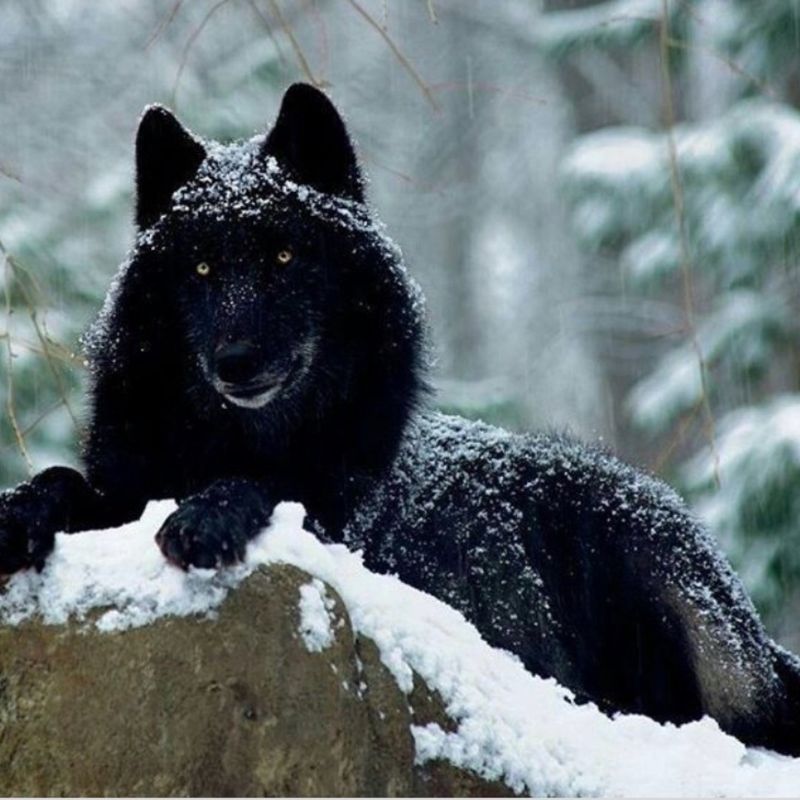
Threats and conservation of the American Black Wolf have been a concern as human activities have encroached on their habitats. Habitat loss, hunting, and competition with other predators have all contributed to a decline in their numbers.
While the American Black Wolf has gained some protection, it is still vulnerable in areas where human influence is high. Conservation efforts focus on preserving their natural environment and ensuring they can coexist with humans.
10. Role In Ecosystem
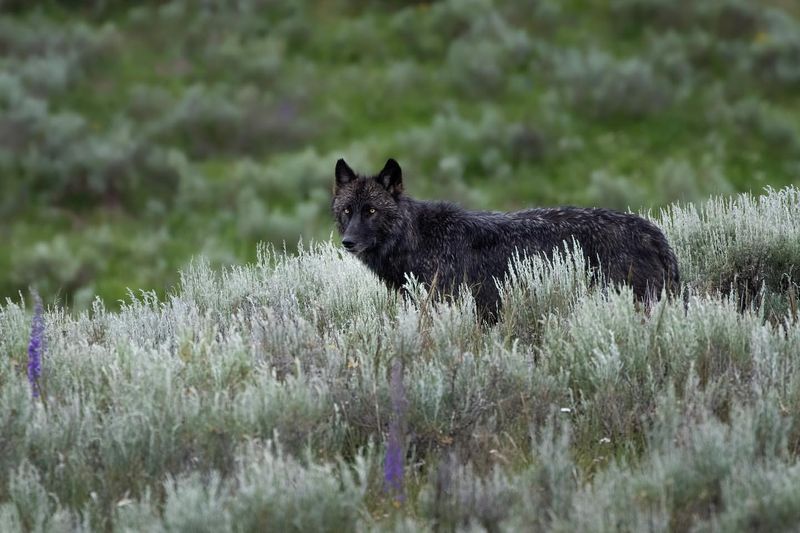
Role in ecosystem of the American Black Wolf is essential as a top predator, maintaining balance in the food chain. Wolves regulate the populations of large herbivores like deer and elk, preventing overgrazing and promoting healthy plant life.
Their presence also helps control smaller predators, contributing to a more diverse ecosystem. Without wolves, ecosystems can become unbalanced, leading to cascading effects on other species.
11. Cultural Significance
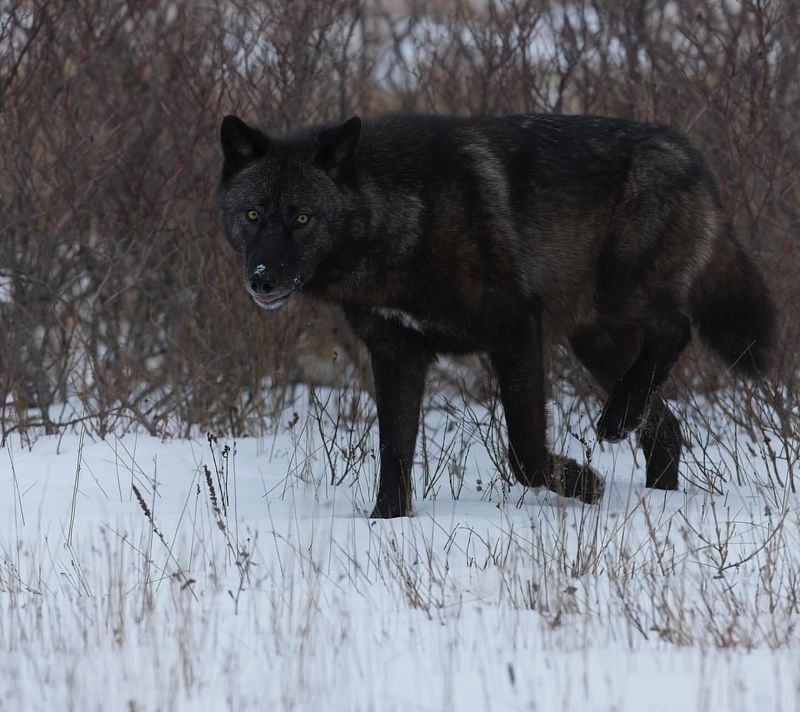
Cultural significance of the American Black Wolf has been profound in many indigenous cultures, where it is often seen as a symbol of strength, loyalty, and courage. Wolves have appeared in mythology, storytelling, and spiritual practices for centuries.
They are frequently associated with leadership and survival, embodying the wild spirit. The American Black Wolf’s presence in folklore adds to its mystique and cultural importance.
12. Genetic Diversity
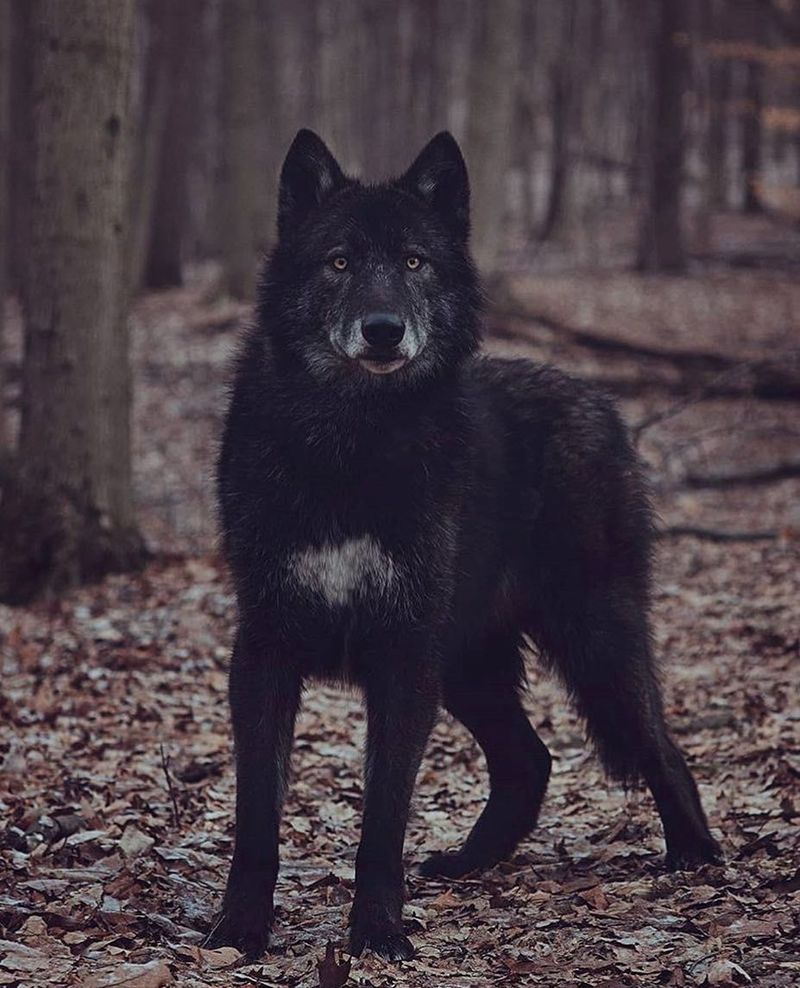
Genetic diversity is a key factor in the health of the American Black Wolf population. Despite being a single species, there are regional variations in their genetic makeup, which help them adapt to different environments.
It also provides the species with resilience against diseases and environmental changes. Conservation programs aim to protect and maintain this diversity, ensuring the long-term survival of the species.
13. Adaptations For Survival
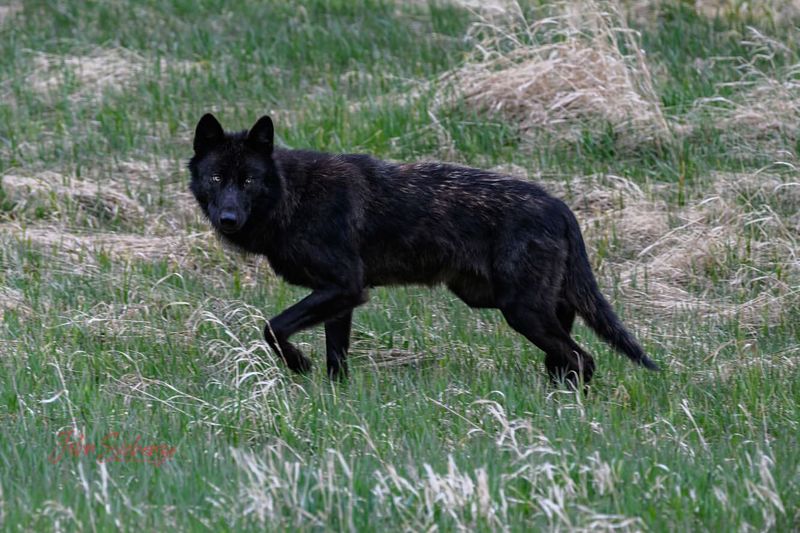
This allows the American Black Wolf to thrive in harsh conditions, such as cold winters and difficult terrain. Their thick fur provides insulation against freezing temperatures, and their powerful legs allow them to travel long distances in search of food.
Wolves have keen senses of smell and hearing, which help them track prey and avoid danger. Their ability to work as a team gives them a survival advantage in the wild.
14. Interactions With Humans
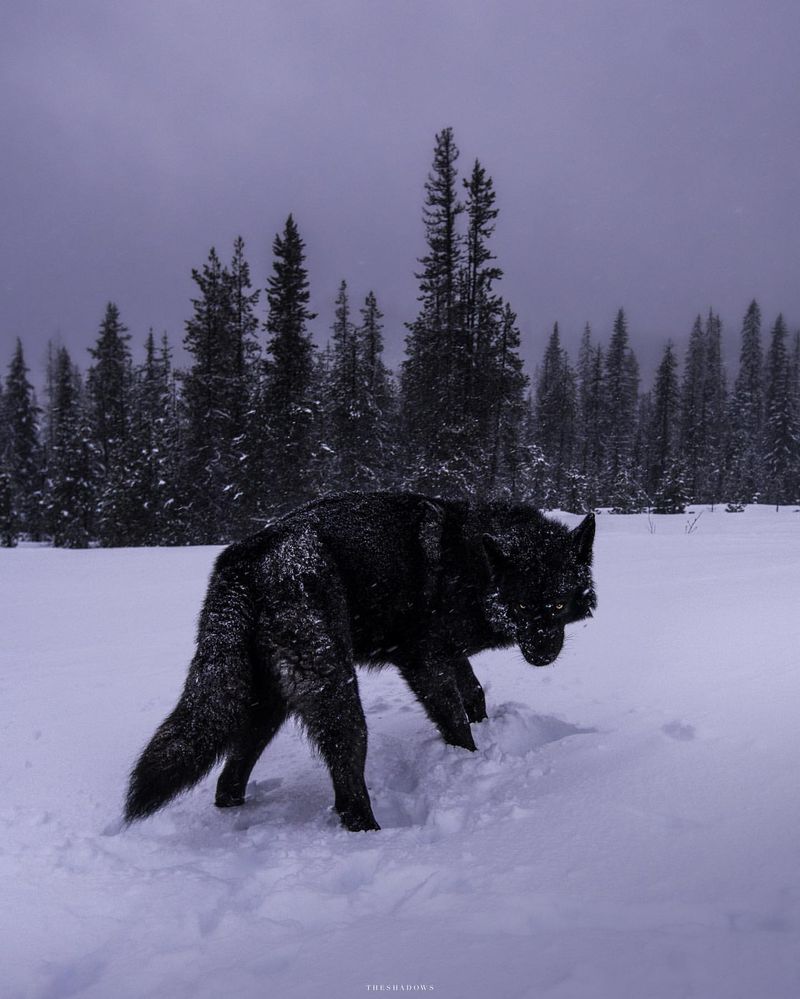
Interactions with humans have historically been complicated, with wolves being both revered and feared by different cultures. In some areas, they have been hunted for their fur or to protect livestock, leading to a strained relationship with humans.
However, in recent years, efforts to protect wolves have gained momentum, with some regions seeing a resurgence in their population. Education and conservation programs aim to foster a better understanding of wolves and reduce conflict with human communities.
15. Myths And Legends
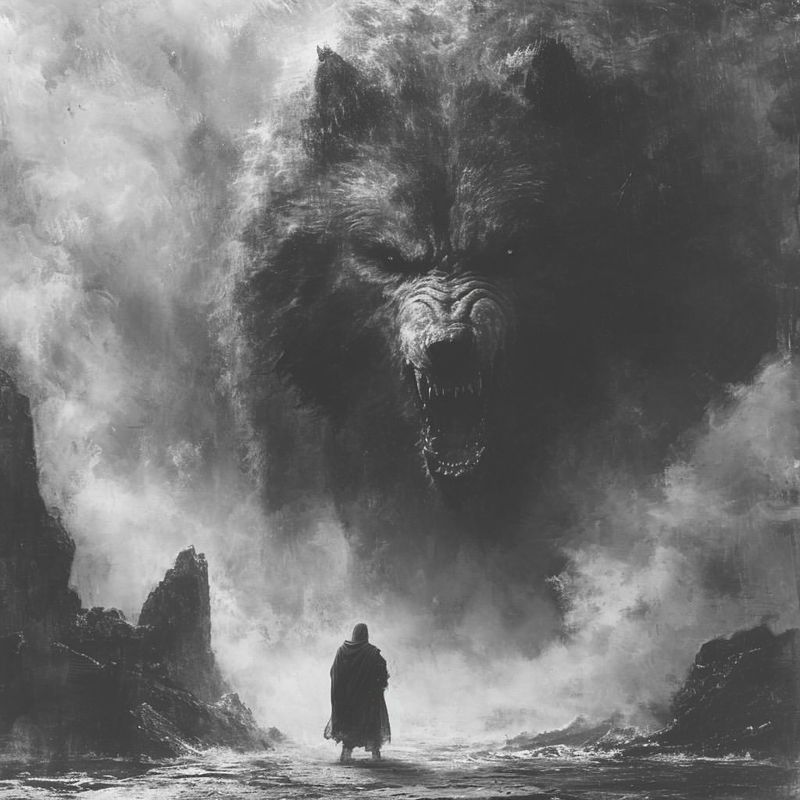
Myths and legends about the American Black Wolf often portray it as a symbol of untamed wilderness and primal instincts. Many Native American tribes view the wolf as a spirit animal, representing guidance, strength, and loyalty.
Wolves have been central figures in myths, often depicted as wise or mysterious creatures with supernatural powers. These legends contribute to the allure and mystique of the American Black Wolf.
16. Scientific Research
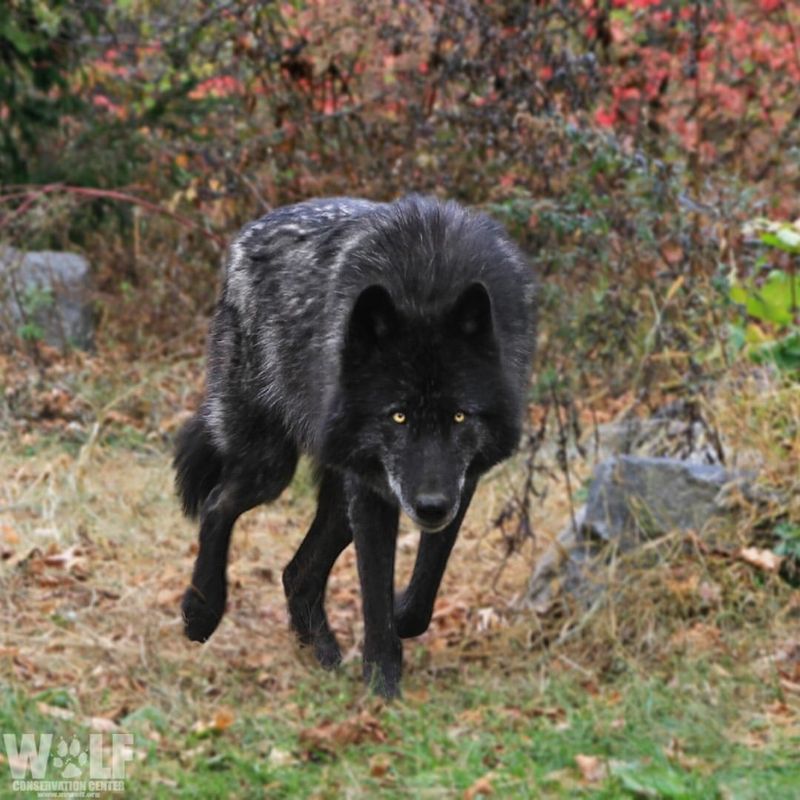
Scientific research into the American Black Wolf is ongoing, as researchers seek to understand their behavior, genetics, and role in ecosystems. Tracking studies help scientists monitor populations and observe their movements.
Research also focuses on their communication methods and social structures within packs. By studying wolves, scientists can gain insights into the broader health of ecosystems and the impact of environmental changes.
17. Climate Change Impact
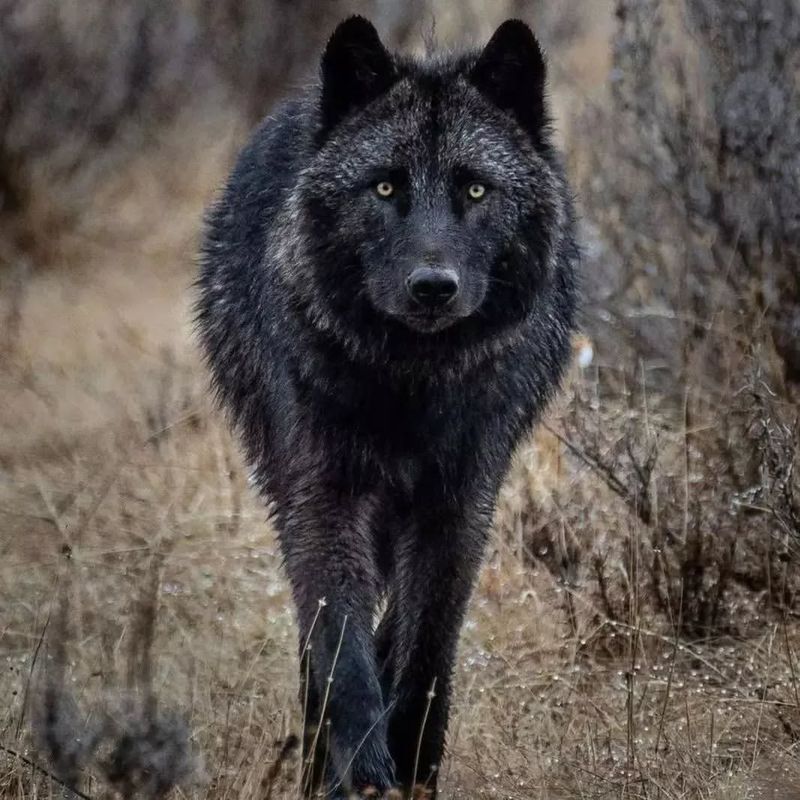
Impact of climate change is becoming an increasing concern for the American Black Wolf, as changing temperatures and weather patterns affect their habitats. Warmer winters and altered prey migration patterns may disrupt hunting behaviors and food availability.
Climate change can also impact the wolves’ range, forcing them into areas where they may face greater human interaction or competition with other species. Efforts to mitigate climate change are vital to preserving the wolf’s natural environment.
18. Population Distribution
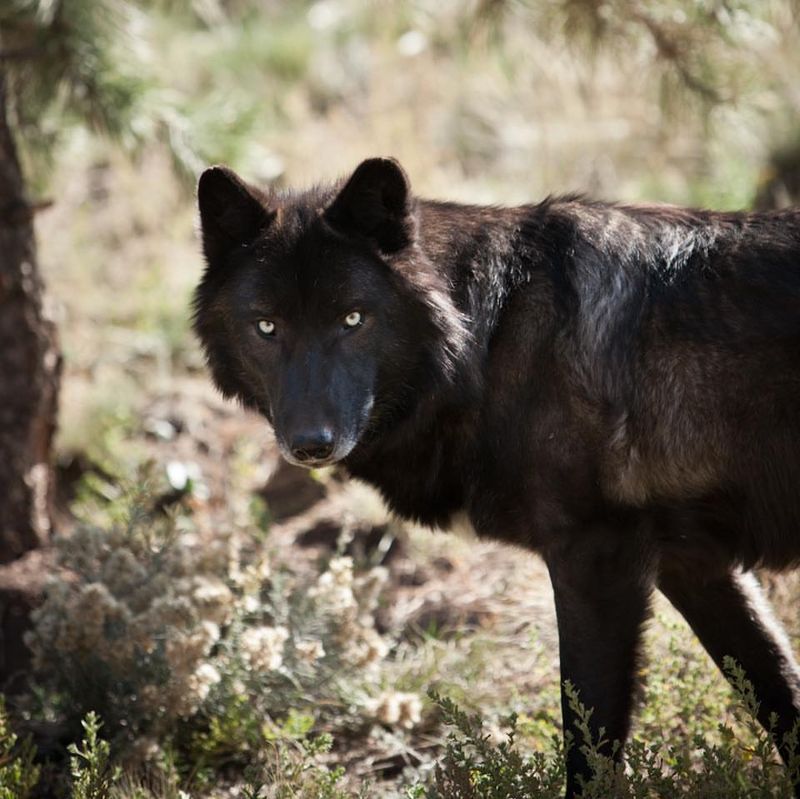
Population distribution of the American Black Wolf is largely determined by the availability of suitable habitat and food sources. While they are most commonly found in remote forests and mountainous regions, their range has been expanding in some areas due to conservation efforts.
However, their population remains small compared to other wolf species, and they are still considered endangered in certain regions. Protecting their habitats and maintaining wildlife corridors are key to supporting their population growth.
19. Wolf-Dog Hybrids
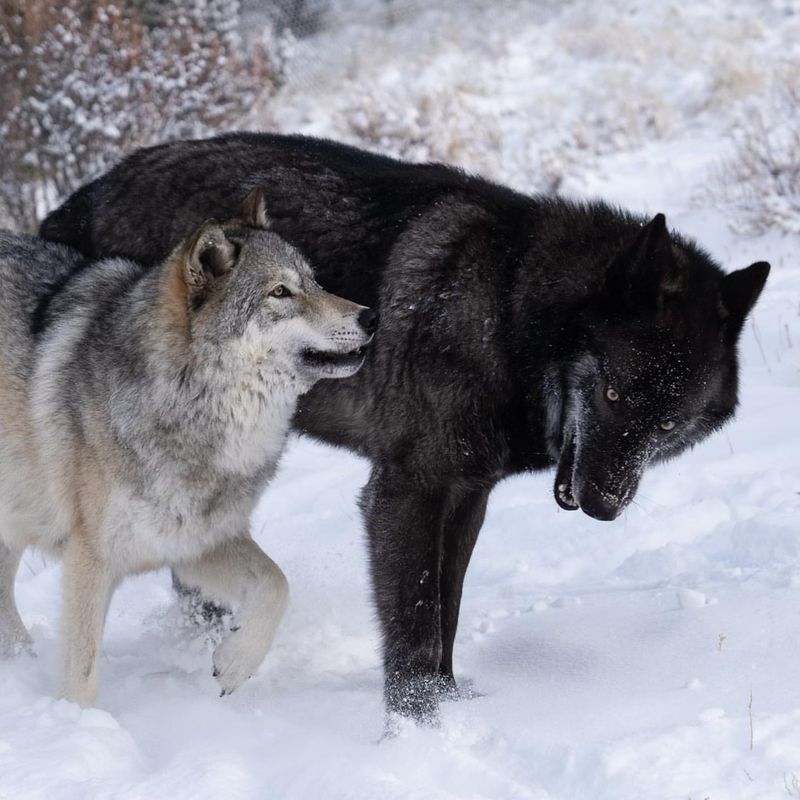
Wolf-dog hybrids are a result of the interbreeding between domestic dogs and wild wolves, leading to a blend of traits from both species. These hybrids are often seen as having the intelligence and endurance of wolves, but the domestication and loyalty of dogs.
However, wolf-dog hybrids can present challenges in terms of behavior and temperament, as they may retain strong hunting instincts. Some regions have laws regulating the ownership of wolf-dog hybrids due to concerns over safety and the impact on wildlife.
20. Seasonal Behavior
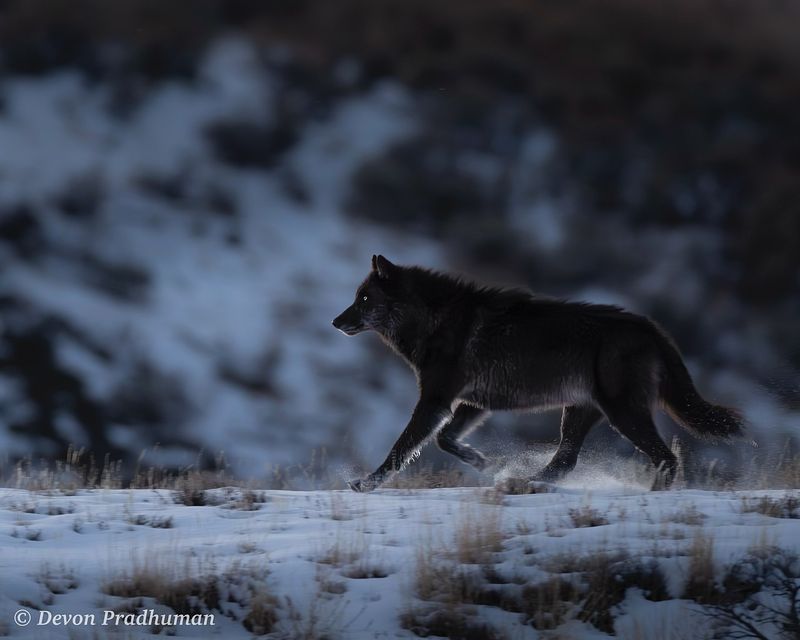
Seasonal behavior of the American Black Wolf varies throughout the year, with changes in hunting patterns and social activities. During the winter, wolves may travel greater distances in search of food, as prey becomes scarcer in colder months.
In the spring and summer, pack dynamics shift as pups grow and start to contribute to the hunt. Wolves also adjust their behavior to align with the changing availability of prey and the seasonal conditions in their environment.
21. Unique Vocalizations
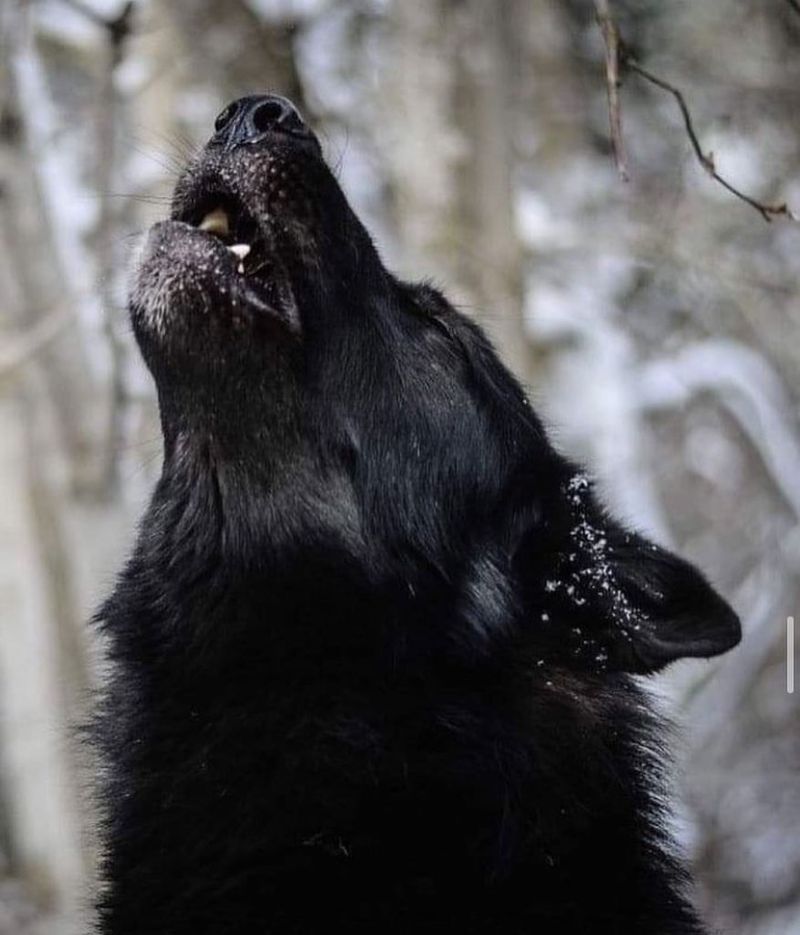
Unique vocalizations are one of the most fascinating aspects of American Black Wolves, with their howls, growls, and barks all serving different purposes. Howling is used for long-distance communication, signaling the pack’s location or coordinating group movements.
Each wolf has its own unique howl, which can be recognized by other pack members. These vocalizations are an essential tool for maintaining pack cohesion and communicating over large territories.
22. Historical Range
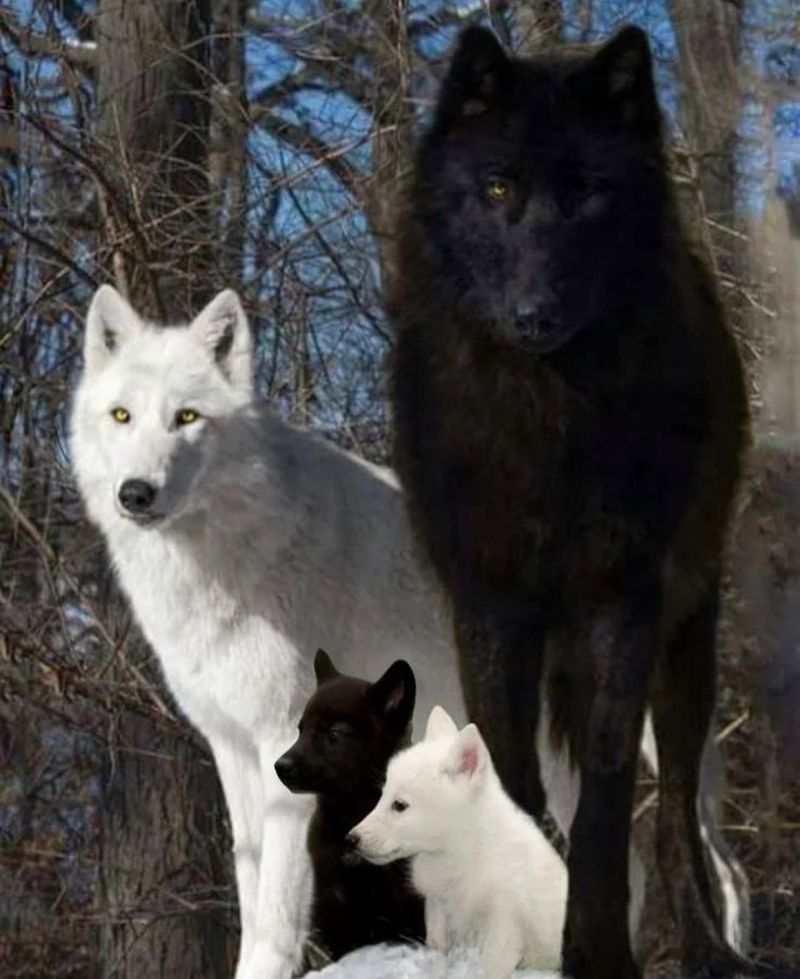
Historical range of the American Black Wolf once extended across a broader portion of North America, from the east to the west. Over time, however, their range was significantly reduced due to habitat loss, human encroachment, and hunting.
Today, their distribution is limited to more remote and protected areas, though conservation efforts are helping to expand their range again. The historical range of the American Black Wolf offers a glimpse into the once vast territories they roamed.
23. Visual Acuity
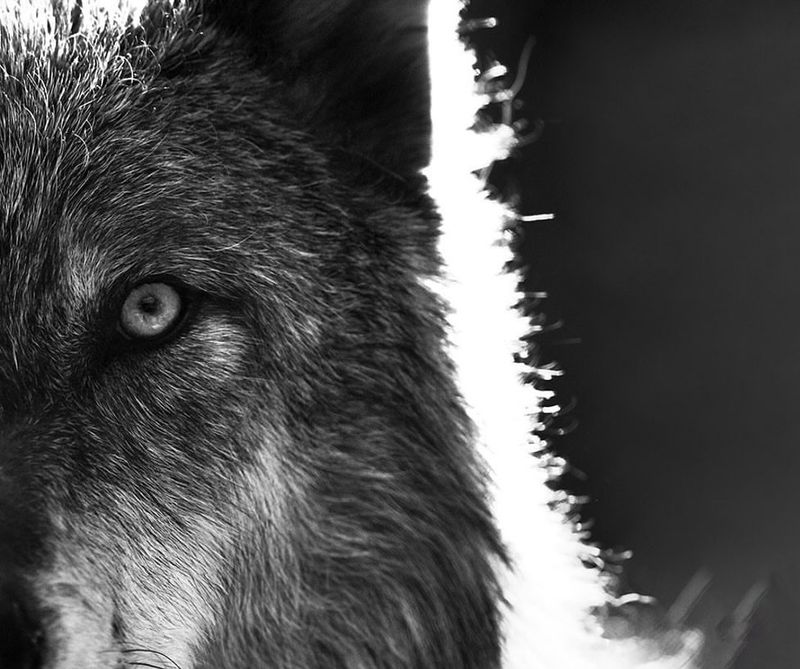
Visual acuity of the American Black Wolf is highly developed, with sharp eyesight that helps them spot prey from long distances. Their vision is especially adapted for low-light conditions, allowing them to hunt at dawn or dusk when many prey species are active.
Wolves also have excellent peripheral vision, which helps them detect threats in their surroundings. Their keen visual acuity, combined with their other senses, makes them exceptional hunters in the wild.



